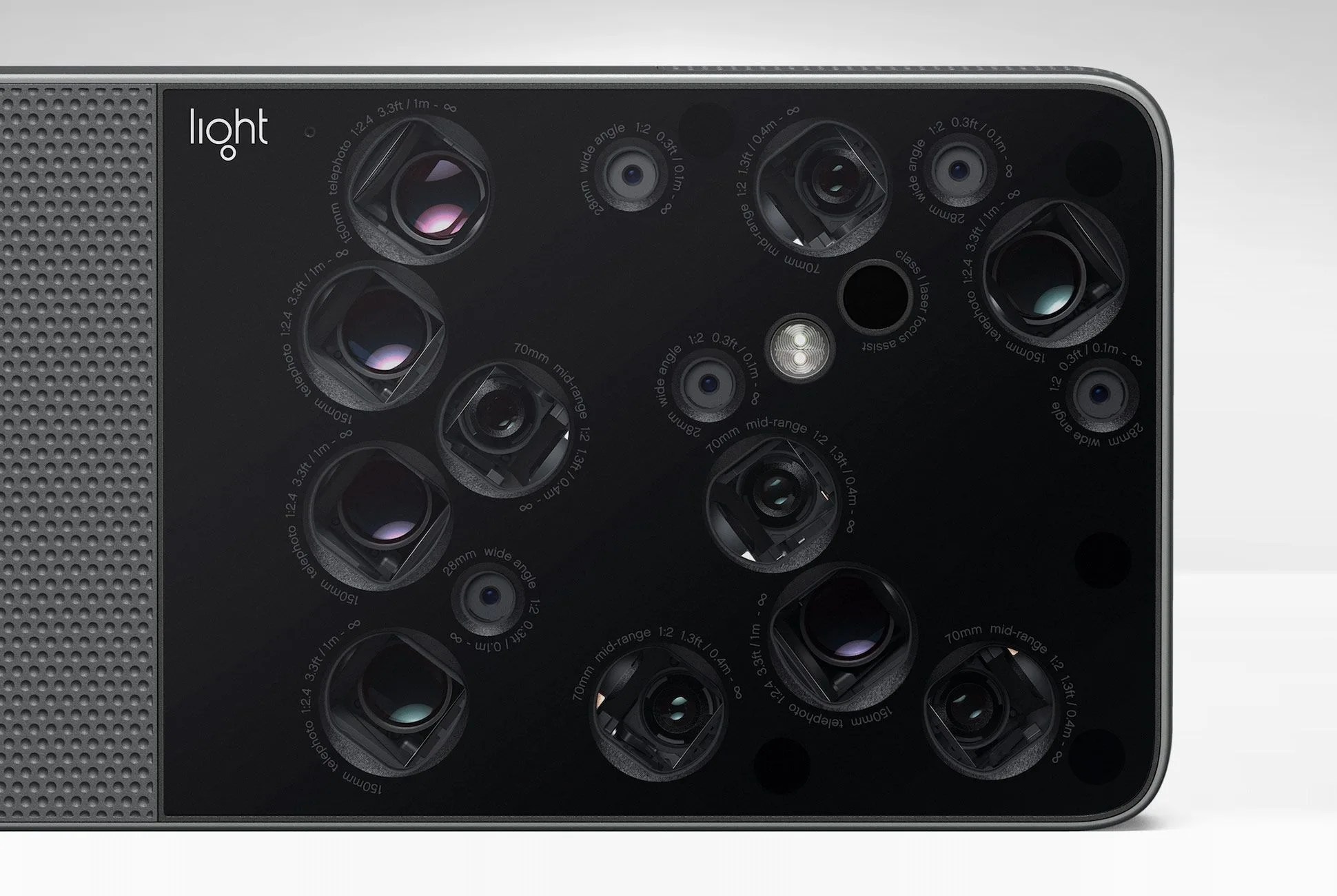When Sony announced its new A9 mirrorless camera in New York City, pro photographers started jumping up and down about its silent shooting capabilities, its ultra-fast capture rate of 20 fps, and its ability to shoot without flickering in the viewfinder, among many other things.
These are great innovations, and make no mistake: Sony is absolutely the leader in camera R&D. Nikon and Canon have great pro products that shine in brutal conditions and all-day shooting, and their image quality is stellar — but none of their products can touch the range of features Sony’s lineup now offers, mostly as a result of the company running full speed with the mirrorless configuration and all the benefits it generates, including electronic viewfinders that preview images, compact designs and a range of programmable functions. Add in the fact that their sensor quality leads the industry — many camera companies, including Nikon, source their sensors from Sony — and you have a pretty significant force in camera technology.
Is this industry truly innovating? Is it embracing high-tech, next-gen, disruptive, and visionary possibilities as aggressively as, say, Apple, Tesla, Google, and Microsoft?
But as I watched the presentation and rapturous reception, it got me thinking: Is this industry truly innovating? Is it embracing high-tech, next-gen, disruptive, and visionary possibilities as aggressively as, say, Apple, Tesla, Google and Microsoft? Maybe, maybe not — the camera business has different constraints, timelines and budgets compared to other, more lucrative high-tech sectors. It’s not quite fair to presume they’re slacking off.
Yet, when I look at the progress being made elsewhere in terms of user interfaces, sensor integration and product design, and how much of it seems so readily transferable to camera technology — well, I’m hopeful that it will, eventually. There are five things in particular that I really would jump up and down about.
Light weight. Cameras are heavy. Always have been. In part that’s because of the glass in bigger lenses, and in part it’s because of the metal used to make them durable. Still, most photographers would tell you that hauling around a camera body and two or three lenses can make their lives truly miserable. Yet the lightening of technology is prevalent in so many other fields — cycling, automotive, aviation and computer tech (laptops and smartphones). Modern high-end cameras should, by now, be filled with carbon fiber and infused with slimming design strategies. One can hope that the next generation won’t be lugging around a bag full of camera gear weighing 40 pounds.
Augmented reality. I can’t imagine a future where augmented-reality tools haven’t infiltrated camera bodies. The technology — which overlays dynamic digital graphics onto visual scenes in three dimensions — can easily be used in composition aides (highlighting shadows, say, or the positions of tough-to-see objects like the Milky Way, or indicating where and when the sun will rise or set while setting up a shot); object recognition for identifying people, places and things; or even identifying and tracking targets in wildlife and sports. AR is already making a splash in transportation, entertainment and industry. It should be in camera tech, too.
